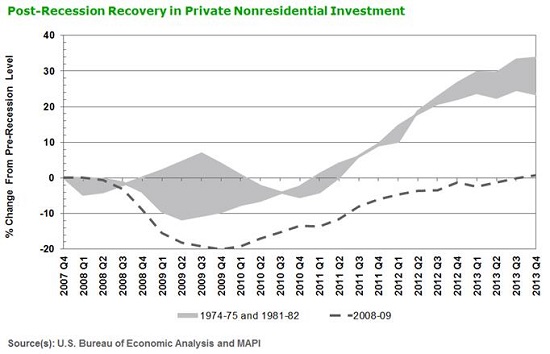MAPI Analysis: Public policy uncertainty plays role in restraining business investment
Policy volatility accentuates downturns, stalls recoveries and puts "chokehold" on growth.
Latest Logistics News
DAT March Truckload Volume Index sees modest March gains National diesel average, for week of April 22, is down for the second straight week UPS reports first quarter earnings declines LM Podcast Series: Assessing the freight transportation and logistics markets with Tom Nightingale, AFS Logistics Investor expectations continue to influence supply chain decision-making More NewsPublic policy uncertainty can cause economic distress, make businesses pull back on investment, and have adverse effects on job creation, according to a new report from the Manufacturers Alliance for Productivity and Innovation (MAPI).
In “Uncertainty’s Chokehold on Growth,” Daniel J. Meckstroth, Ph.D., MAPI vice president and chief economist, argues that public policy uncertainty tends to be pro-cyclical and accentuates downturns, impedes recoveries, and reinforces the boom times—just the opposite of what fiscal policy should do to dampen the business cycle.
“Minimizing policy changes in times of economic duress would reduce uncertainty and greatly improve the pace of recovery and expansion by removing a restraint to business investment and private sector employment growth,” he wrote. “Product market growth, projected cash flow, and expected profits are naturally the most important drivers of business investment but uncertainty creates an option value on the financial returns for waiting in order to gather more information. A firm or person may amass cash rather than finance an investment if uncertainty makes the investment’s rate of return difficult to calculate.”
The report highlights the severe decline in inflation-adjusted business investment and the recovery’s slow pace in the 2008-2009 recession cycle and uses private nonresidential investment—equipment, structures, and intellectual property—as an example. This sub-sector declined 20% from peak to trough, while in the previous seven economic cycles it showed an average 5% reduction. For the previous two severe recessions—1974-75 and 1980-82—private nonresidential investment fell by an average of 10%.
Likewise, the recovery in business investment is substantially less robust and more prolonged. A full recovery in business investment spending did not occur until the third quarter of 2013. If the current cycle mirrored the previous two severe recessions, nonresidential investment would have recovered by the second quarter of 2011.
“The slow pace of investment is difficult to explain without using the level of policy uncertainty as at least a partial explanation,” Meckstroth wrote. “Businesses are as profitable as they ever have been. Corporate profit margins, measured by the ratio of after-tax profits to output, are at double the average level since World War II. Corporate balance sheets are loaded with cash and debt ratios are low. Considering these positive factors, it’s very likely that uncertainty has significantly held back growth.”


Article Topics
Latest in Logistics
DAT March Truckload Volume Index sees modest March gains National diesel average, for week of April 22, is down for the second straight week UPS reports first quarter earnings declines LM Podcast Series: Assessing the freight transportation and logistics markets with Tom Nightingale, AFS Logistics Investor expectations continue to influence supply chain decision-making The Next Big Steps in Supply Chain Digitalization Under-21 driver pilot program a bust with fleets as FMCSA seeks changes More LogisticsSubscribe to Logistics Management Magazine

Find out what the world's most innovative companies are doing to improve productivity in their plants and distribution centers.
Start your FREE subscription today.
April 2023 Logistics Management

Latest Resources














